America’s largest contiguous swath of public land is facing an uncertain future thanks to a recently approved plan to drill for oil and gas on its fringes — the notorious Willow project has a green light from the U.S. government, pushing industrial activity closer to some of the wildest land left in America.
The 23 million acre Western Arctic Reserve — also known as the National Petroleum Reserve in 1970s nomenclature — is an Alaskan wonderland, home to everything from barren-ground grizzly bears and caribou to Arctic grayling and giant inconnu whitefish. It’s sacred ground for Alaska’s indigenous people.
It also rests above a significant reserve of crude oil. This spring, the Biden administration — despite promises to end new public lands drilling — approved what is known as the Willow Project. Willow is a 500-acre, 30-year oil drilling effort on the edges of the reserve, and was approved despite passionate protests from environmental organizations, Indigenous Alaskans and a surprising push from young Americans who took to social media last spring and summer with a viral #stopwillow campaign.
In the wake of the Willow approval, the Biden administration has proposed a special rule to protect “special areas” in the Arctic, including 13 million acres inside the Western Arctic Reserve.
The proposed rule would safeguard lands within the reserve “by limiting future oil and gas leasing and industrial development in the Teshekpuk Lake, Utukok Uplands, Colville River, Kasegaluk Lagoon, and Peard Bay Special Areas – places collectively known for their globally significant intact habitat for wildlife, including grizzly and polar bears, caribou and hundreds of thousands of migratory birds. The rule would establish an outright prohibition on any new leasing in 10.6 million acres, more than 40 percent of the (National Petroleum Reserve-Alaska),” according to a Department of Interior press release.
Patagonia is on board with the protective proposal and is asking its customers to send comments to the U.S. Department of Interior in opposition of new drilling by tomorrow, Dec. 7. The goal is to prevent another Willow-like development that would increase the industrial footprint on the reserve and put more wild public lands and waters in peril from oil and gas drilling.
Protecting the Western Arctic Reserve from further oil and gas development is part of a three-pronged effort on the part of Patagonia to safeguard some of the most intact, yet very fragile, ecosystems in Alaska. In addition to stopping eventual drilling on the reserve, the company is hoping to stop encroaching oil and gas exploration on the Arctic National Wildlife Refuge and derail the construction of an industrial-grade mining road that would stretch from the Dalton Highway more than 200 miles into the Ambler Mining District.
The road would bisect a portion of Gates of the Arctic National Park and Preserve and push through some of the wild country in the state’s storied Brooks Range. Its planned path has it crossing more than 3,000 streams that are home to everything from chum salmon to Arctic grayling. Only recently have biologists confirmed the presence of salmon in Brooks Range rivers, thanks largely to documented instances of grizzlies fishing for the migratory fish in rivers where salmon weren’t previously documented.
“The Biden Administration could further protect America’s Arctic and, as a result, play an outsized role in saving our planet,” said Patagonia CEO Ryan Gellert. “The opportunity to enshrine protections for the Refuge, Reserve and Range is the result of a steadfast commitment from a diverse and tireless coalition comprised of outdoor recreationalists, Indigenous peoples, local communities, activists, scientists and key government leaders.”
In all, the U.S. The Geological Survey estimates there are about 896 million barrels of oil still untapped under the Western Arctic Reserve.

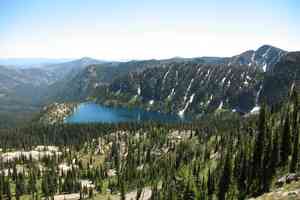
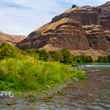


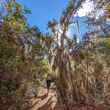
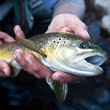
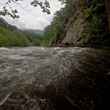
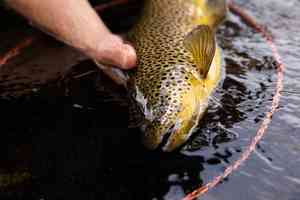
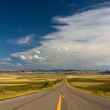


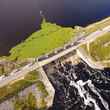
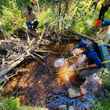

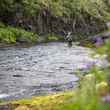

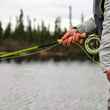


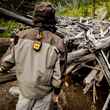

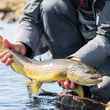
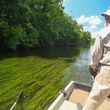
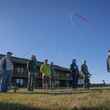
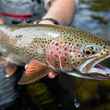
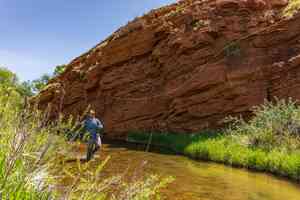


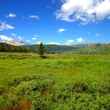
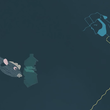
Comments